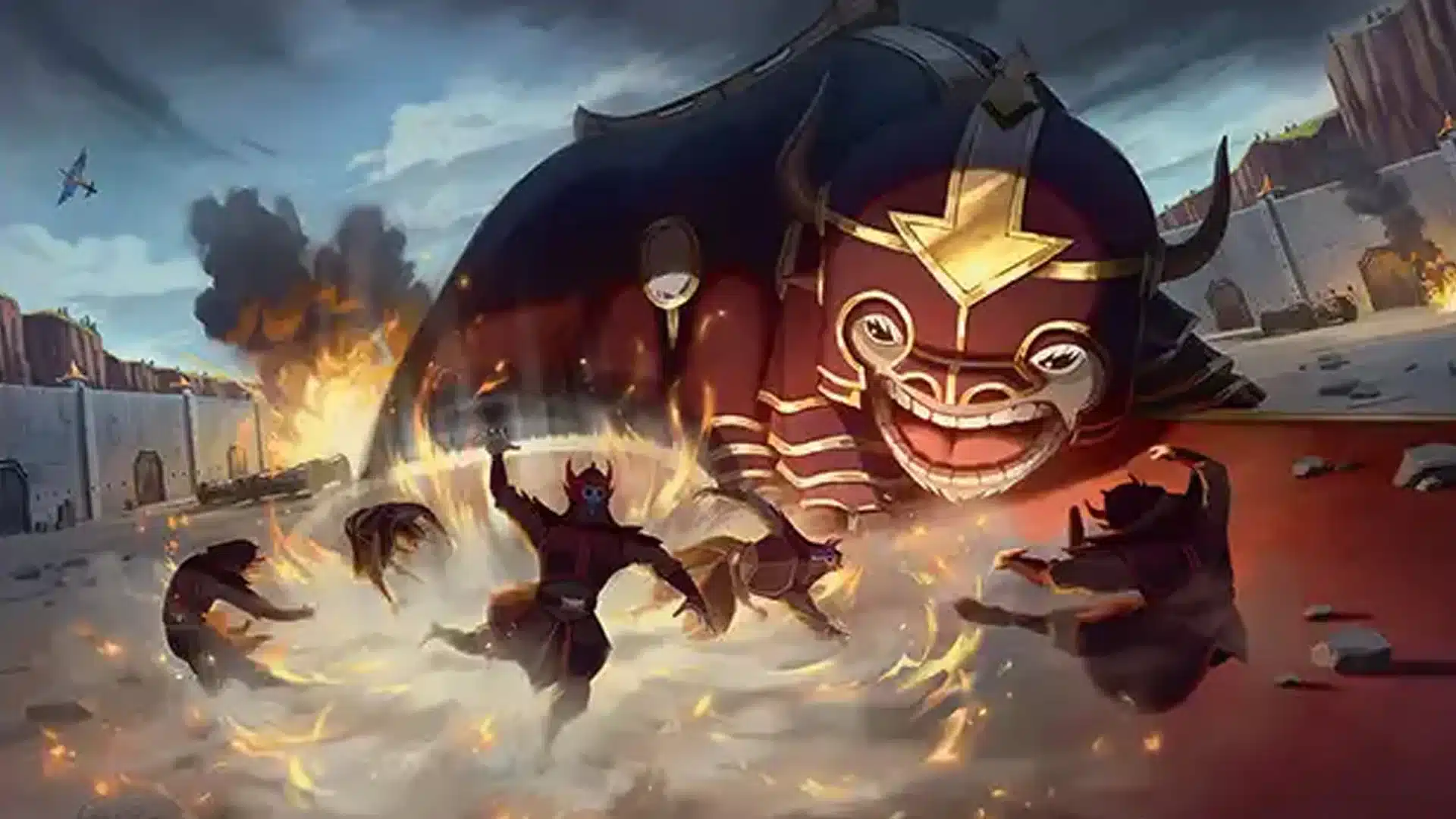Ever since Avatar Aang was spoiled at MagicCon: Las Vegas, players have been wondering exactly what it does. The card is exceptionally powerful if you manage to flip it, but no one knew what Firebending, Waterbending, Airbending, and Earthbending meant. Not only do we have an answer to that question now, but a few other returning mechanics from past MTG sets have also been shown off during today’s First Look.
Earthbending
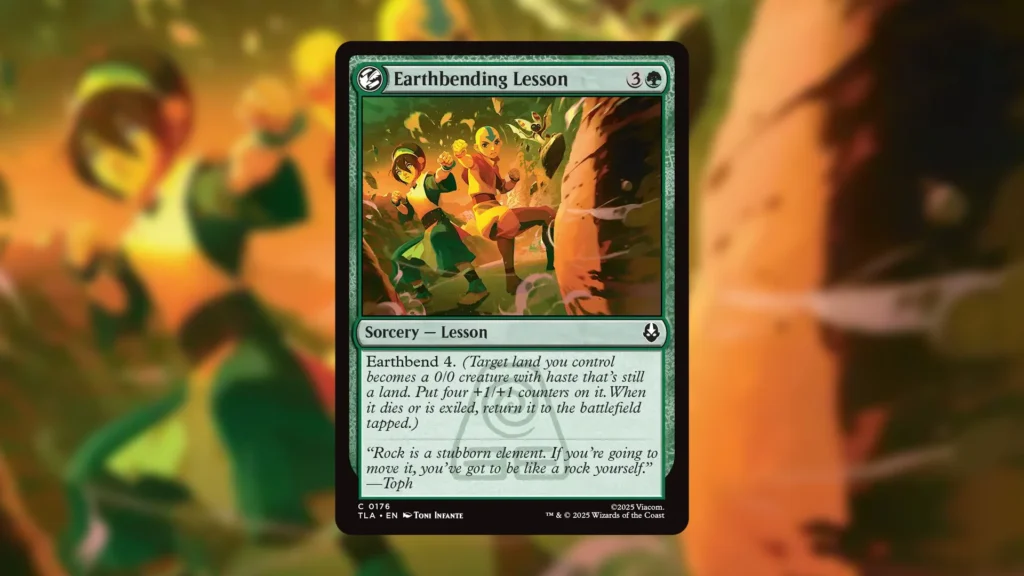
Earthbend is one of the most straightforward of the new mechanics. Basically, you’ll be animating a land and giving it a number of +1/+1 counters equal to the Earthbending number. This is something we’ve seen countless times before in past sets, but unlike old Nissa Planeswalkers, Earthbend circumvents the biggest weakness with this traditional MTG mechanic.
Instead of your lands dying permanently if they face removal as a creature, they get returned to play tapped as lands. Before, animating lands as creatures becomes extremely risky since, if removed, you’ll also lose mana that you need to cast new creatures. Earthbending circumvents this completely, making it a far more attractive option than typically animating lands.
Waterbending
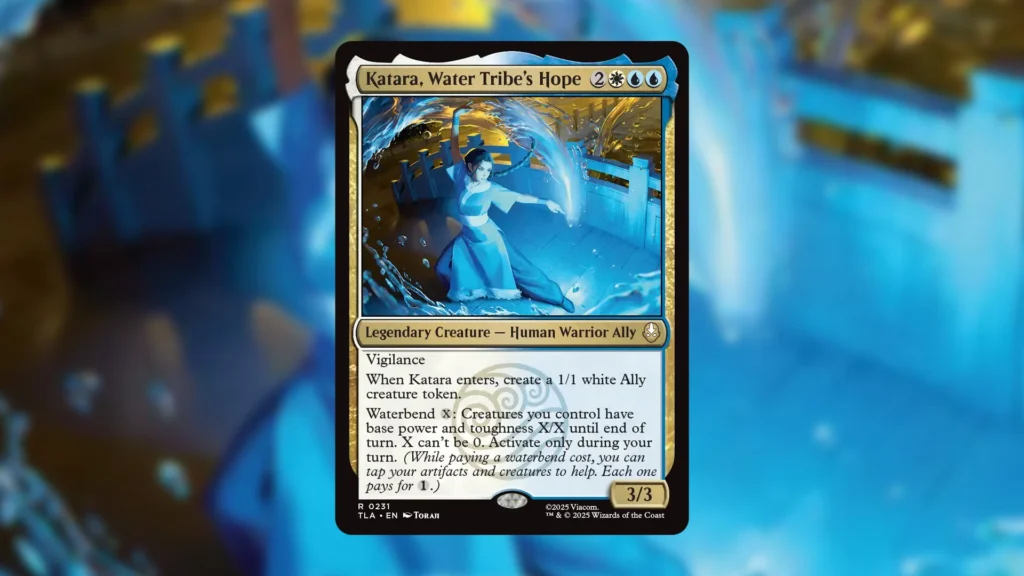
While Earthbending is a payoff, Waterbending instead allows abilities to be paid by tapping creatures and artifacts in addition to paying mana. This functions similarly to a combination of Convoke and Improvise, but for activating abilities instead of casting spells, at least from what we’ve seen so far.
That said, while we’ve only seen Waterbending costs on abilities, there’s no reason why Waterbending may not be included on a spell we haven’t seen yet. It’s impossible to know for now, and likely won’t be something we discover for quite some time.
Firebending
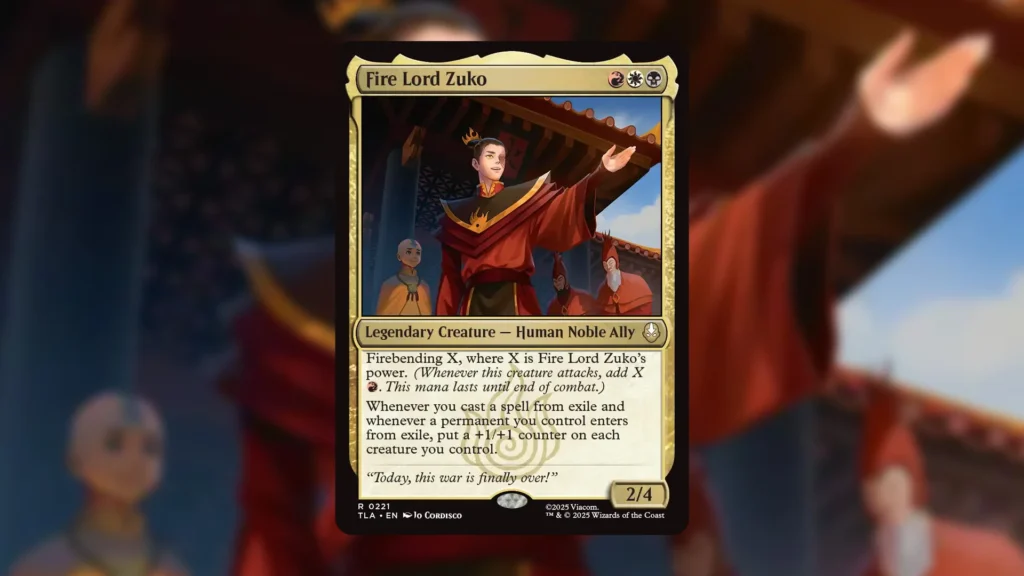
Firebending appears on creatures and encourages attacking with them. Considering the aggressive nature associated with Firebending throughout the Avatar series, this is a flavor win. Firebending will generate red mana equal to its numbered value until the end of combat. This can be used for anything you want, but the timing of this mana is awkward, and it can be difficult to use without some planning.
This is fantastic for using combat abilities like typical Firebreathing effects, and can also encourage casting instant speed spells of any type. While combat tricks may make the most sense, this could also help make instant speed removal or card advantage spells cheaper.
That said, this won’t help cast sorcery speed spells, making Firebending somewhat restrictive. The mechanic can generate tons of mana, however, so the potential for it is certainly there. It will more so depend on how strong the creatures are that have Firebending, and if they play well with the available payoffs for the mechanic.
Airbending

Airbending is perhaps the strangest of the four Bending techniques we’ve seen. It can also, contextually, be the most powerful. Appa, Steadfast Guardian is a very strong example of what you can do with Airbending.
Airbending is interested in you, essentially, exiling permanents to replay from exile. You can replay those cards for two generic mana. Notably, even if your Airbended card costs less than two mana, you need to spend two mana to cast it.
While Appa wants to Airbend your own permanents and replay them, you can also Airbend your opponent’s permanents to delay them. Aang, Airbending Master, the only other example we have for Airbending so far, allows you to do this. This allows Airbending to be incredibly flexible, pushing opponents’ cards away or recasting your own for cheap.
In fact, from the way that Airbending is worded, you may even be able to Airbend a spell Aven Interrupter style, but so far, we’ve only seen two cards with the Airbending mechanic.
Other Returning Mechanics
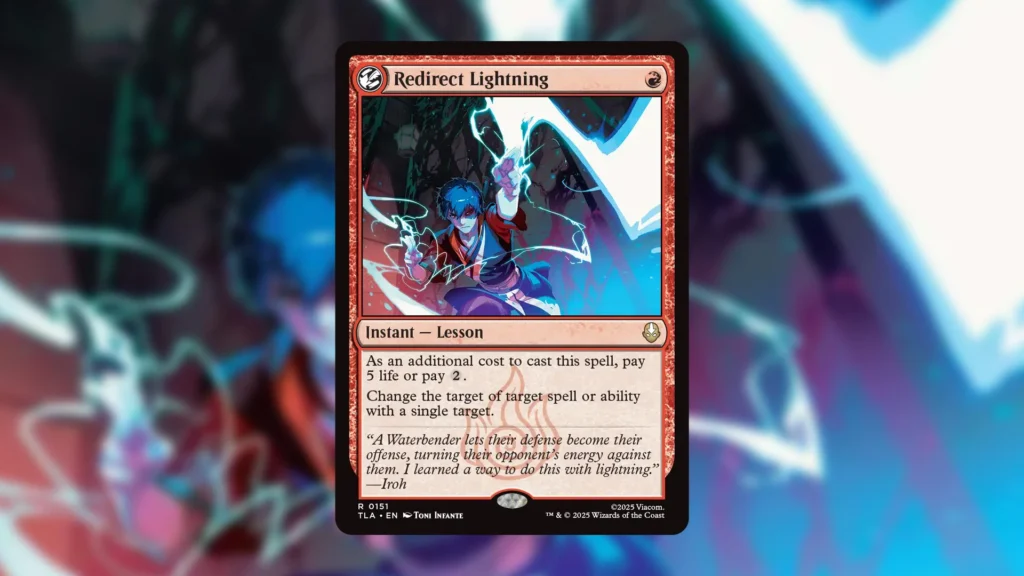
While the four new Bending mechanics certainly steal the show, there are a number of powerful, returning MTG mechanics that we haven’t seen in quite some time. The more surprising of which is Lessons.
Originating in Strixhaven: School of Mages, Lessons are cards that you want to play in your sideboard. Other cards will have Learn on them, which lets you find a Lesson from your sideboard, or draw and discard a card. This has created incredibly powerful cards in the past, like Divide By Zero, since Learn cards will both replace themselves and offer an additional effect. Some of the new Lessons we’ve already seen, like Redirect by Lighting, are incredibly powerful. Expect this return to impact many MTG formats.
The other returning mechanic that we know about so far is the Ally creature type. These creatures traditionally feature powerful typal payoffs that scale in effectiveness as you gain more Allies in play. This is a rather flavorful way to group the faction of characters fighting against the Fire Nation. This is, at the end of the day, just a typal payoff, but thanks to the infamous history of the Ally mechanic, its return in Avatar: The Last Airbender is a big deal.
